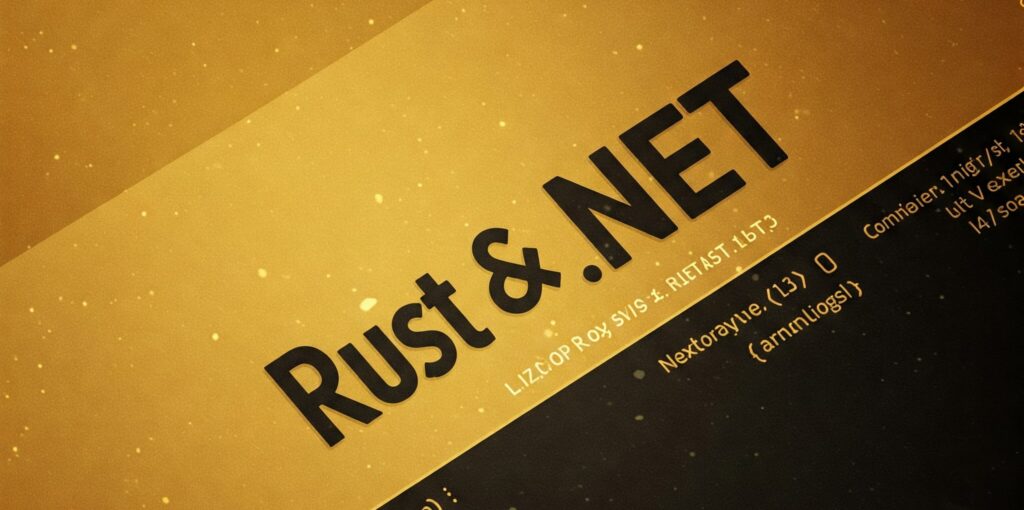What happens when Rust encounters .NET? A silent revolution unfolds. What if you could tap into the strength of Rust… seamlessly within the .NET world? This ambitious and captivating project makes it a reality: a compiler that converts Rust code into .NET Intermediate Language. A technical achievement poised to change the game for hybrid developers.
Hello .NET developers! You’ve surely heard of Rust, the language loved for its memory safety and formidable performance. But until now, Rust and .NET existed in separate spheres. That time is over. A passionate developer has recently taken on a significant challenge: compiling Rust to the Common Intermediate Language (CIL), thus making Rust code executable within the .NET ecosystem. A bridge between two worlds? It’s much more than that.
A Bold Process: How Does It Work?
The mechanism behind this tour de force is both technical and brilliant. Here are the main steps:
- Rust Code Transformation
It all begins with the transformation of the Rust source code into an intermediate representation called MIR (Mid-level Intermediate Representation). This is an essential layer in the Rust compilation pipeline.
- LLVM Replacement
Traditionally, Rust relies on LLVM to generate machine code. Here, this step is bypassed: the MIR is directly converted into CIL, the language used by .NET to execute programs.
- .NET Assemblies
Once the code is transformed into CIL, it is packaged into standard .NET assemblies. As a result, these modules can be integrated, executed, and deployed like any other .NET component.
Why is it a revolution?
This project is not only technically impressive; it also opens up new perspectives for software development.
- Enhanced Interoperability
Developers can now mix Rust and . NET code in the same application, without sacrificing each other’s strengths.
- Performance at the Rendez-vous
Rust brings with it its fine memory management, native performance and security. These assets become accessible to the entire.NET.
- New Ground for Innovation
This kind of initiative encourages the creation of hybrid projects, where languages dialogue freely. A growing trend in the industry.
If this project has sparked your interest, good news: the author has meticulously documented their entire journey in a detailed article. You’ll find not only the methodology but also the technical hurdles they successfully navigated. 👉 Check out the article.
This innovation is clearly driven by a desire to serve the community. Projects like this are a powerful reminder of why programming is a limitless playground for experimentation. Whether you’re a veteran .NET developer, a Rust aficionado, or simply fascinated by innovation, this breakthrough warrants your complete attention. Because at its core, code is also a human and creative endeavor.



